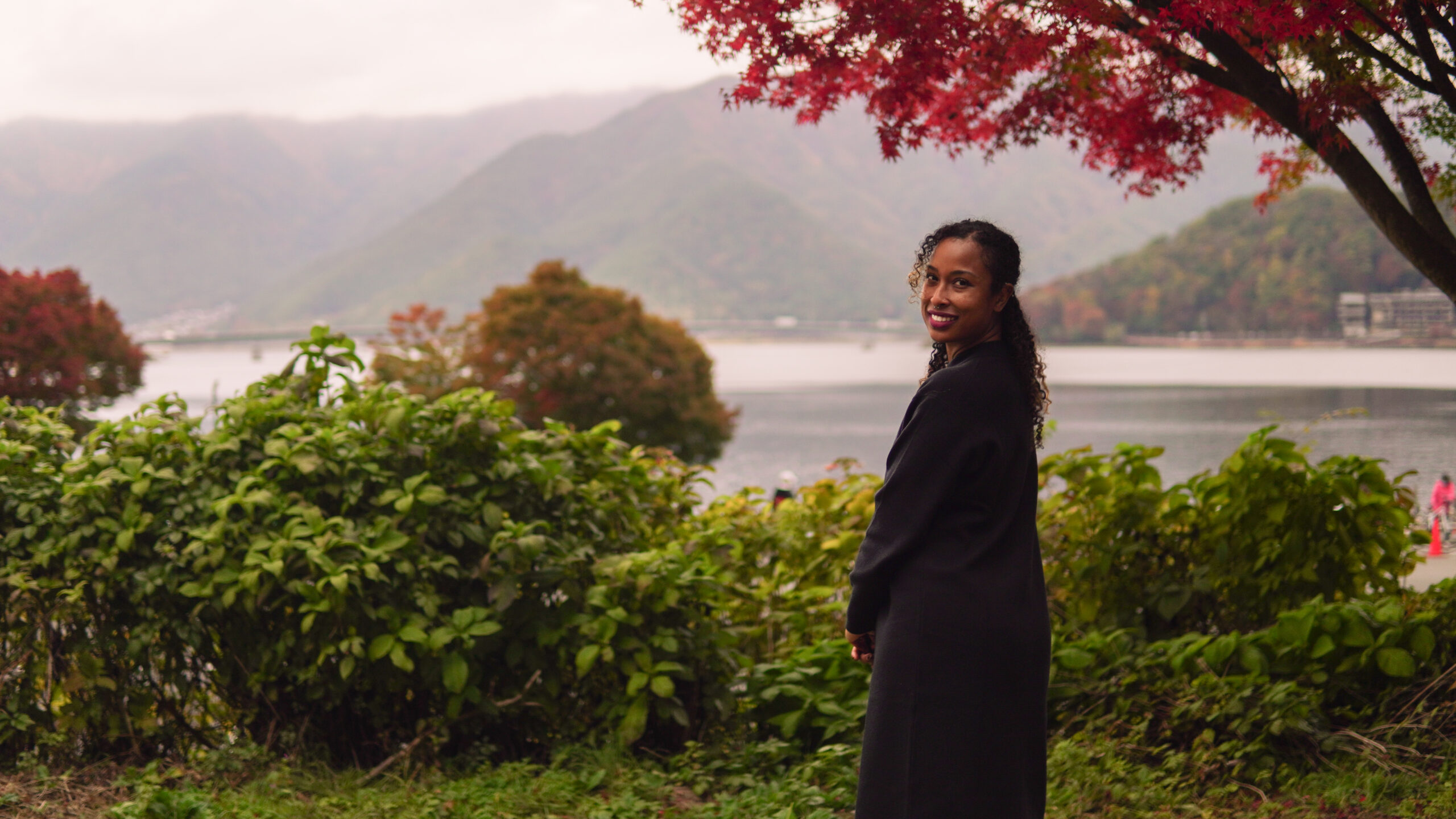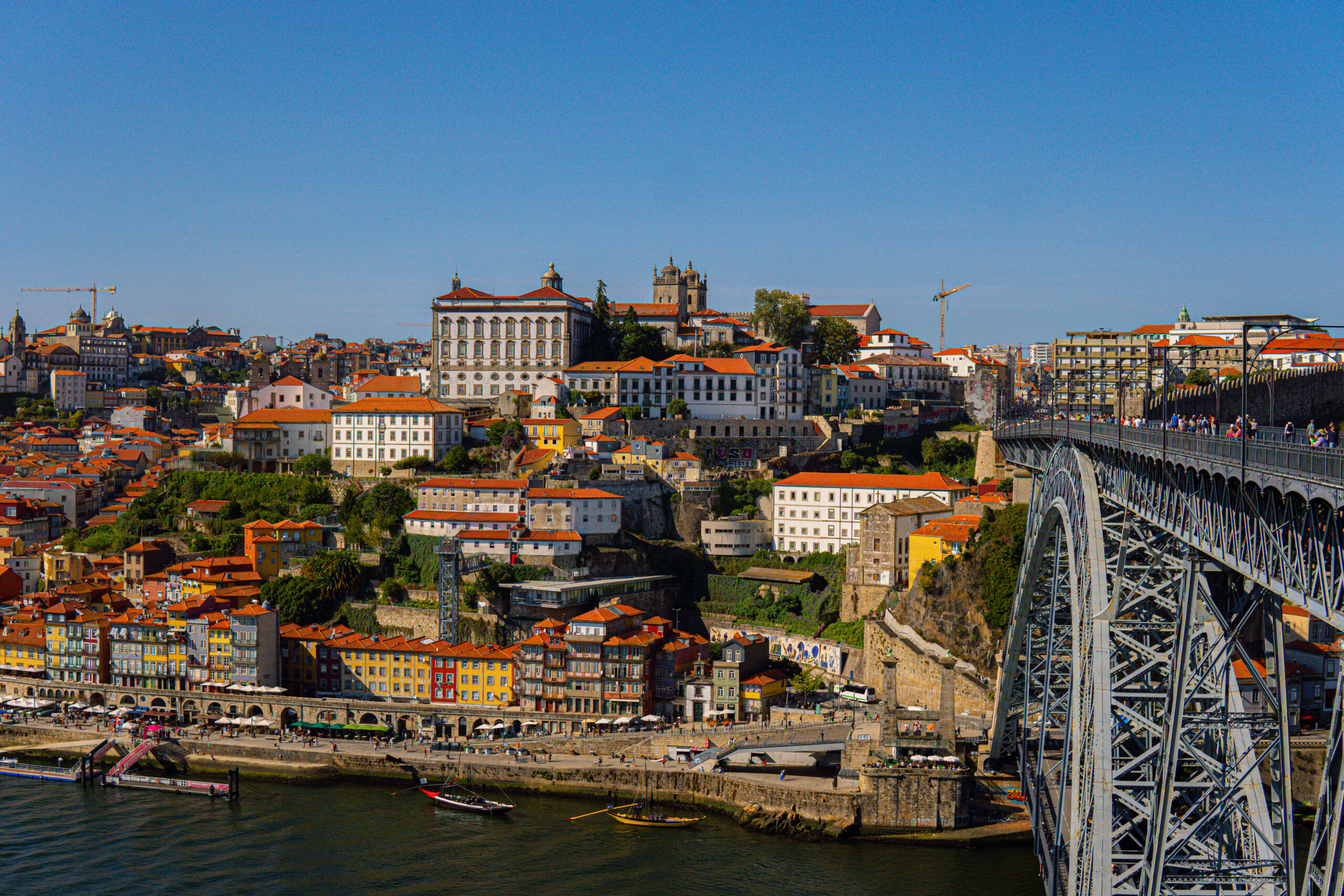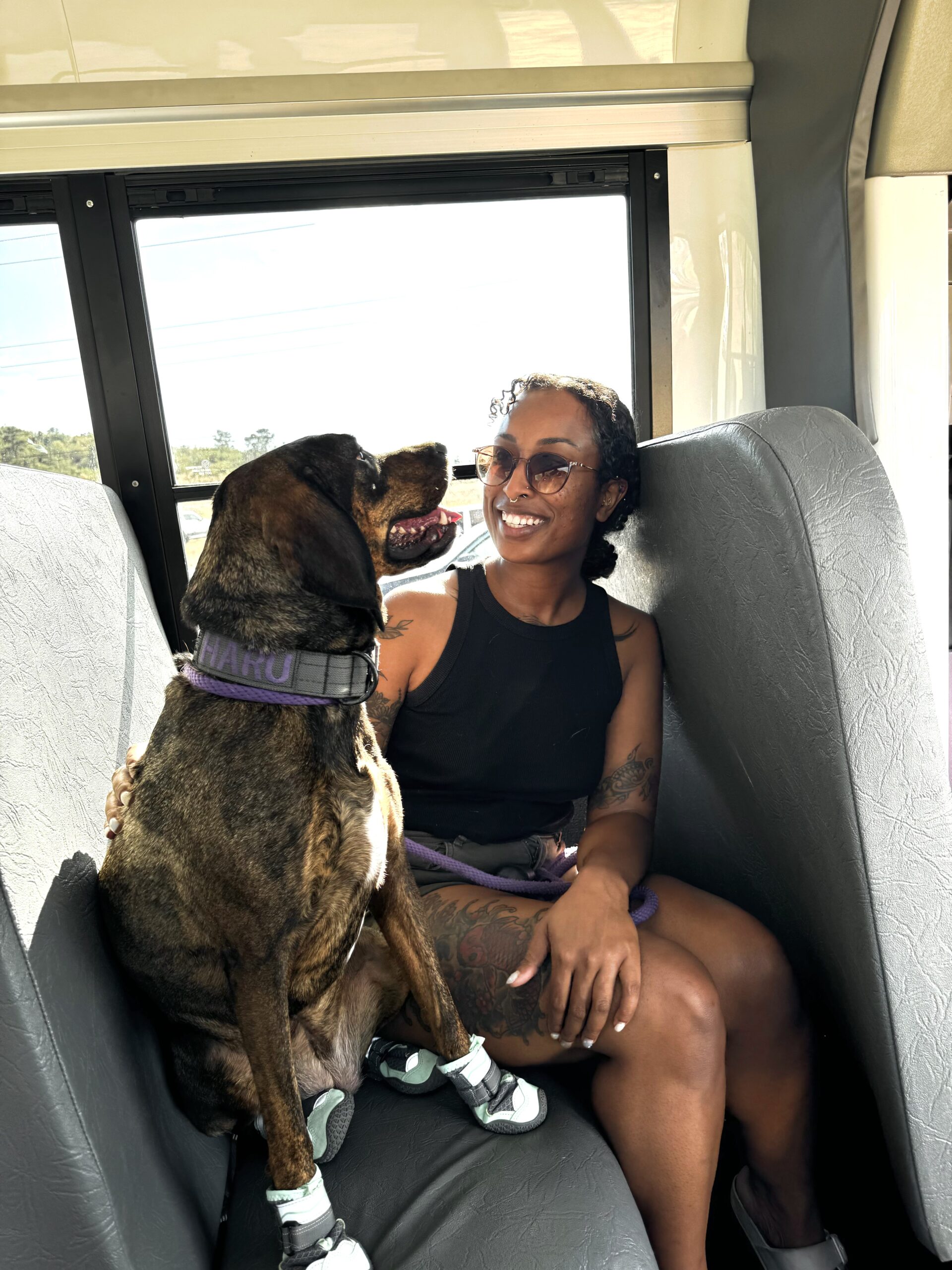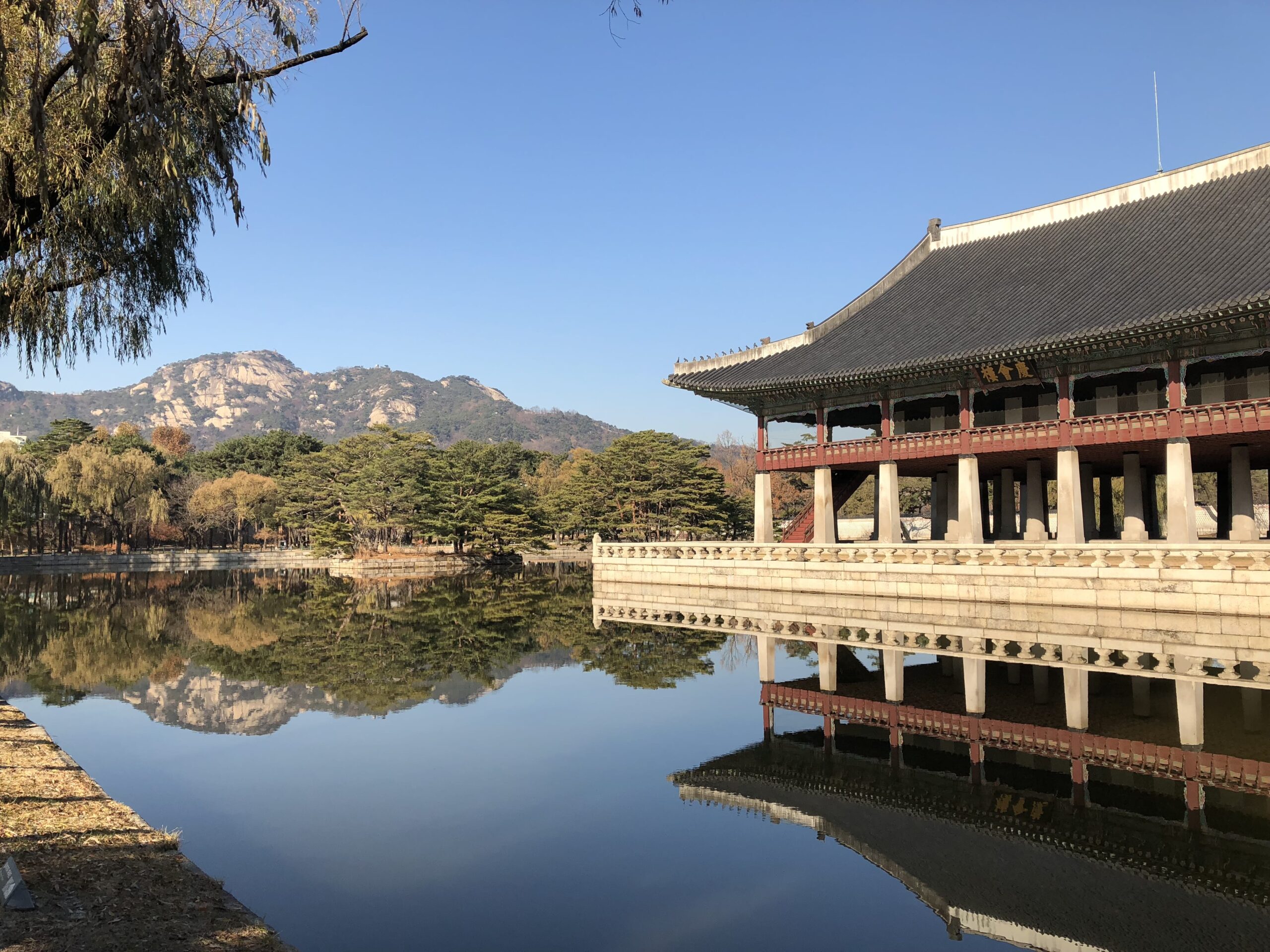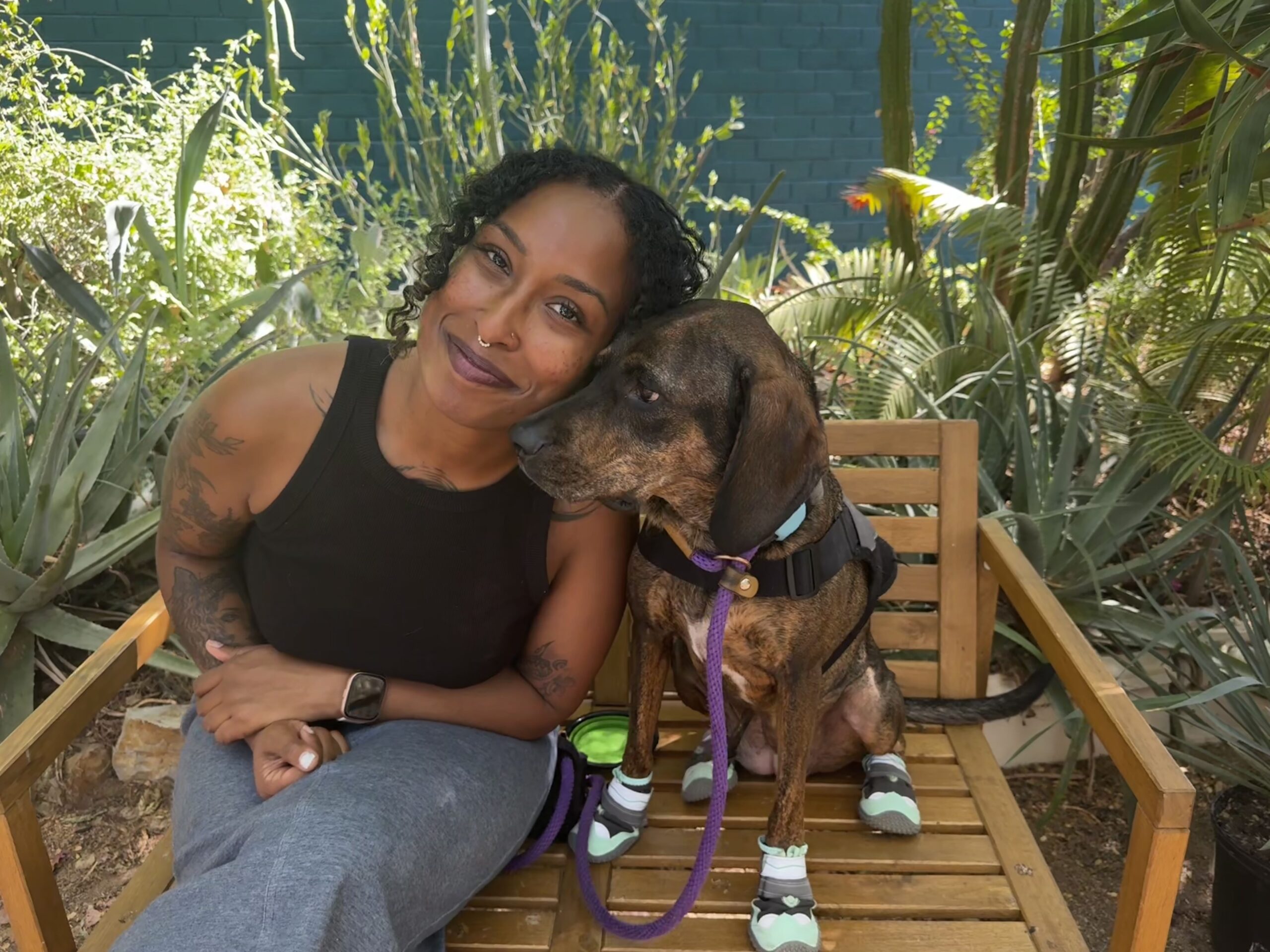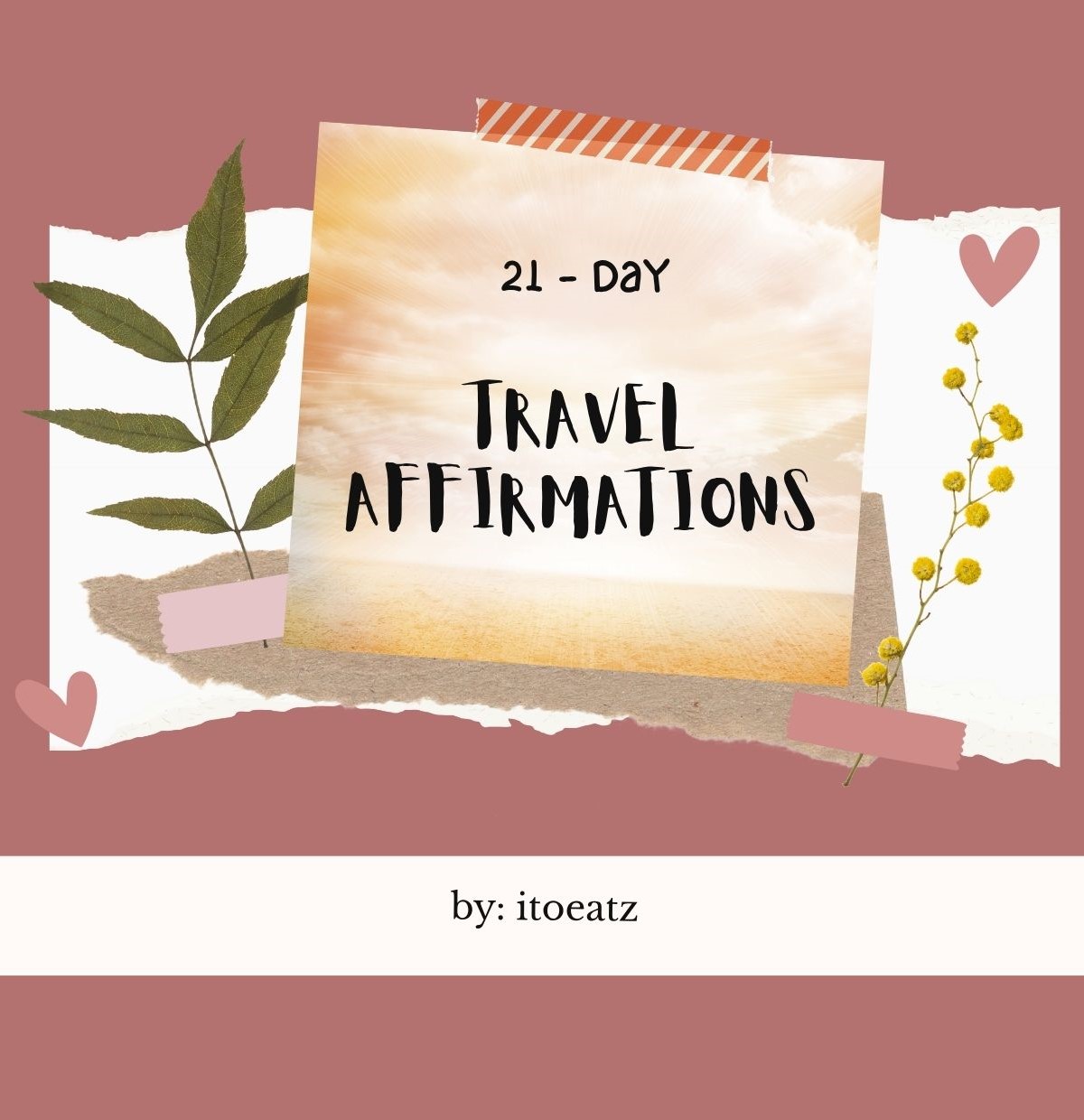In November 2017, just after my one-year anniversary of living in Japan, I bought tickets to Seoul, South Korea. My work week was Tuesday to Saturday, so I left Tokyo on Sunday Morning and my flight arrived back in Tokyo Tuesday morning, just in time for me to take the train back to my apartment before my 11:45 shift…I know it sounds short—and it is. But living in Japan allowed me to find affordable flight tickets to nearby countries, even on my 2 or 3 day weekends. And that was enough to motivate me to make it work! I love taking advantage of good deals. (: Here are some things to do in Seoul if you have 2 or less days there!
Seoul was unlike any city I’ve been to thus far. Despite the very short and, seemingly, rushed trip, I was actually able to fit quite a bit in without truly having to rush. I knew I had limited time, so I made (last-minute) plans accordingly, in an effort to avoid rushing. That doesn’t always work for me, but it did this time! In this article, I’m going to curate a list of things that I did during this trip and hopefully, I’ll get a chance to visit again and update the list with even more!
1. Marvel at Gyeongbokgang Palace
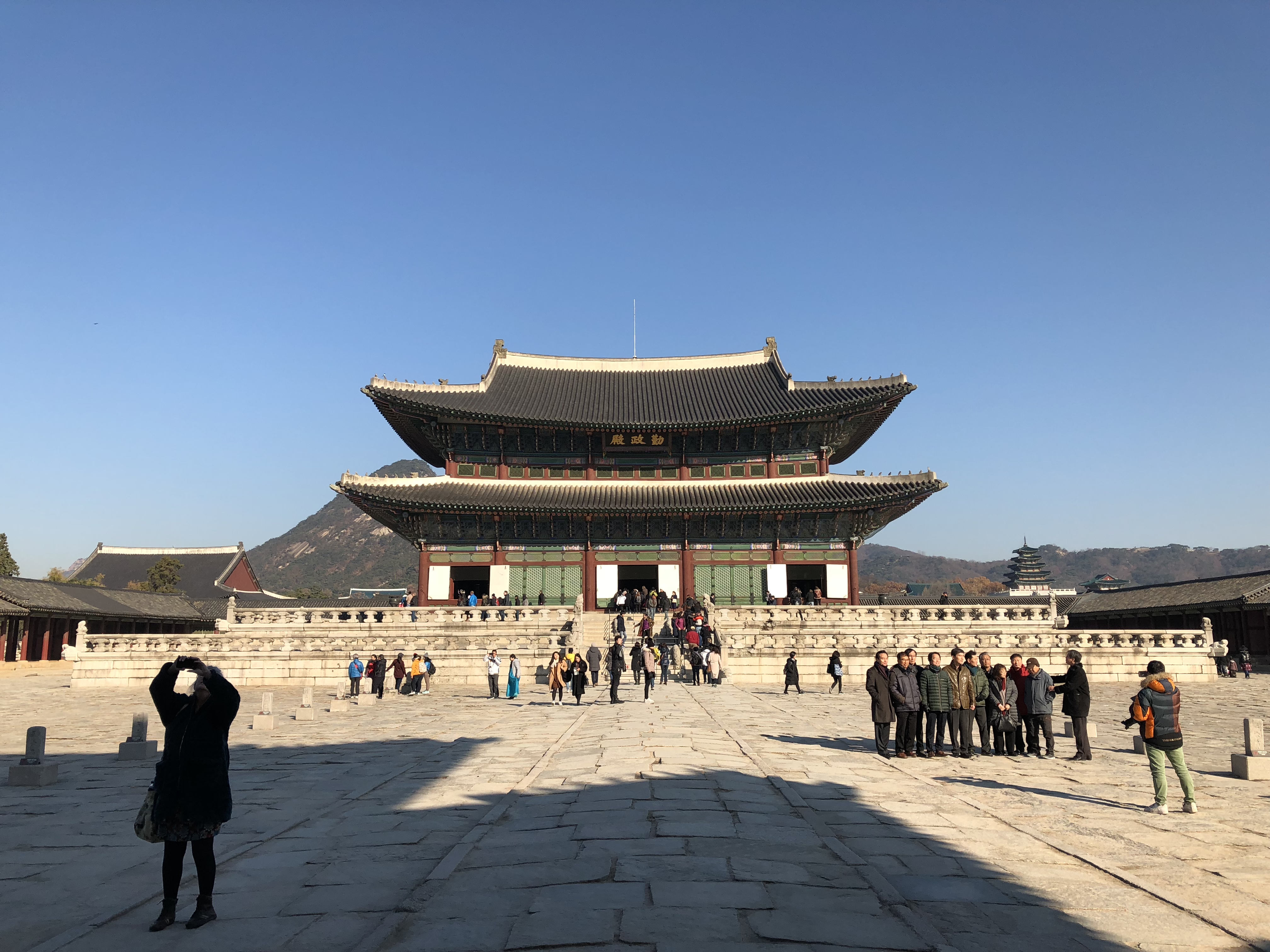
A trip to Seoul is not complete without visiting Gyeongbokgang Palace. This was, by far, my favorite stop during my 2-day trip to Seoul. Built in 1395 and the first and largest of the “Five Grand Palaces,” Gyeongbokgang Palace is the main royal palace of the Joseon dynasty. It served as such until the Imjin War, when it was destroyed by fire in the late 1500s. After being destroyed and abandoned for centuries, it was later restored in the 19th century. In the early 20th century, much of the palace was, once again, taken down by Imperial Japan. Since the 1990s, the palace has been restored to its original state and is now regarded as the grandest and most beautiful of all five palaces.
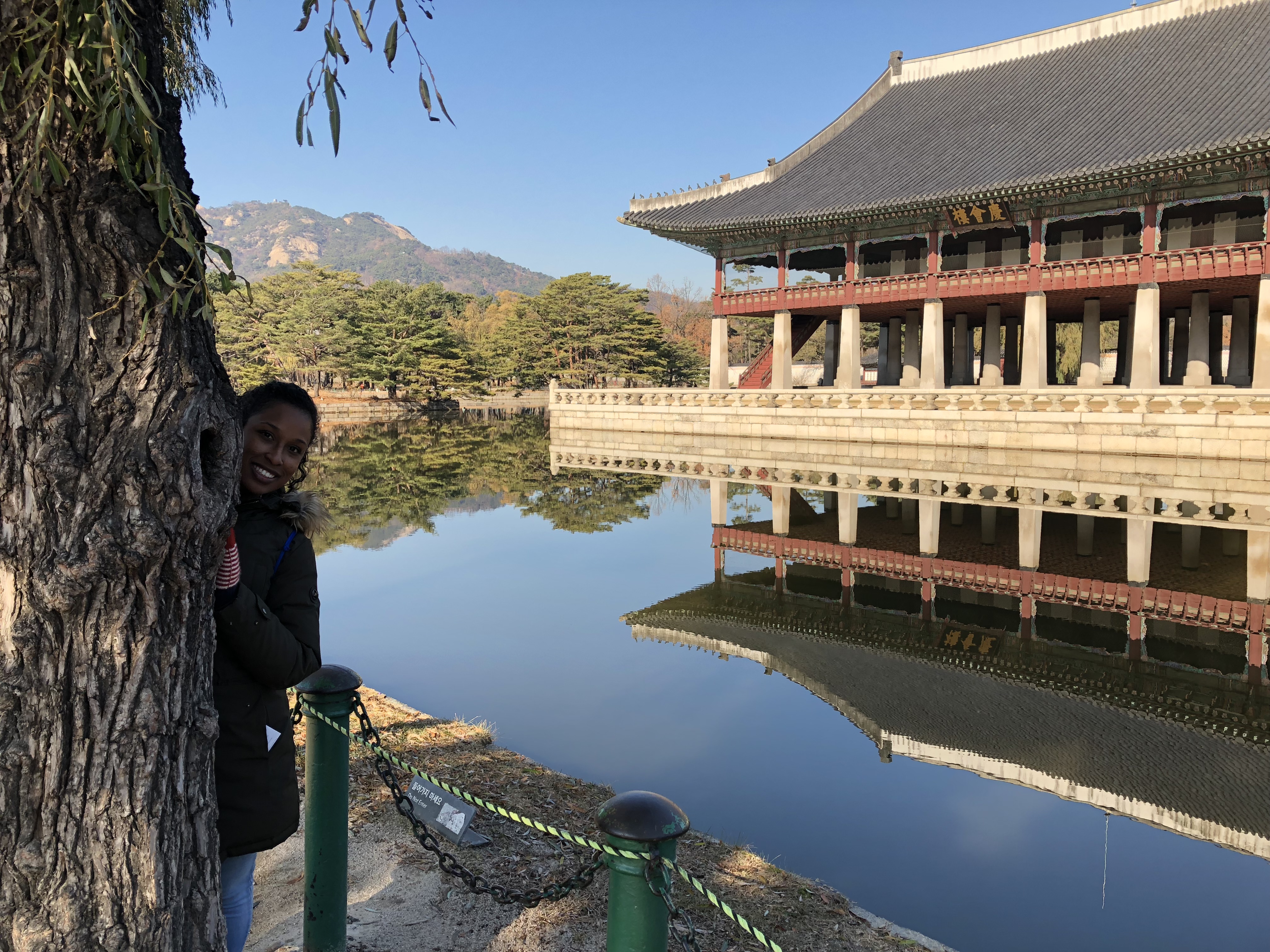
Photos really do not do it justice. It is truly breathtaking and 100% worth the visit. But what I think really stuck with me was a ceremony that I had no previous knowledge of, but was performed during my visit to Gyeonbokgang Palace. Like I mentioned before, my planning was last-minute and not exactly extensive. And it was in this moment that I had really wished I had done even more research regarding Gyeonbokgang Palace before I had gone because it was only after the ceremony had finished that I knew what I had just witnessed. I learned that it was called the Changing of the Guard Ceremony. After much extensive historical research, this beautiful and exquisite ceremony was first reenacted in 1996 and has been one of Seoul’s main historical attractions since. The ceremony is held exactly as it was held since 1469 when it first took place, with the guards wearing royal uniforms and garments, carrying traditional weapons, and playing traditional Korean instruments. From the music being played to the traditional uniforms being worn, it was truly something special to have witnessed.
Note: This ceremony is performed twice daily (except Tuesdays) in front of Gwanghwamun Gate (the main gate) at 10:00 and 14:00. There are also 2 other ceremonies that are performed, as well as Gatekeeper Military Training. I took this trip in 2017 (pre-covid), so ceremonies may or may not have continued since the beginning of the pandemic. Check the official website for more details and any schedule changes.
http://www.royalpalace.go.kr:8080/html/eng_gbg/main/main.jsp
2. Learn More at National Palace Museum
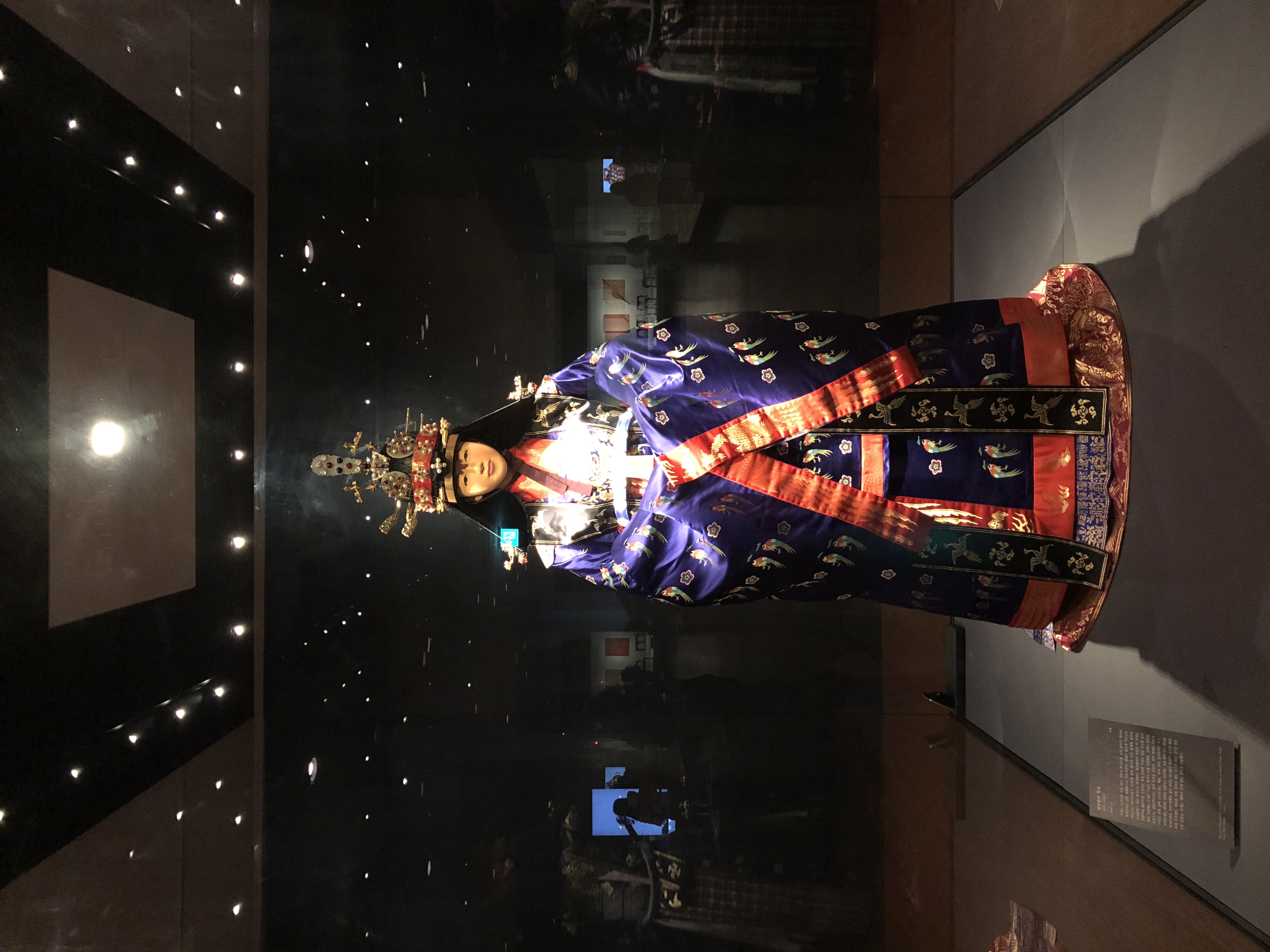
Located right on the grounds of Gyeongbokgang Palace and free admission, this is a must if you want to learn even more about the Joseon royal and Korean imperial court. Filled with a magnificent collection of royal artifacts and treasures from the palaces of the Joseon dynasty, it is a wonderful depiction of the majesty and nobility of the 500-year long history of the Joseon dynasty.
3. Head Over to Traditional Bukchon Hanok Village
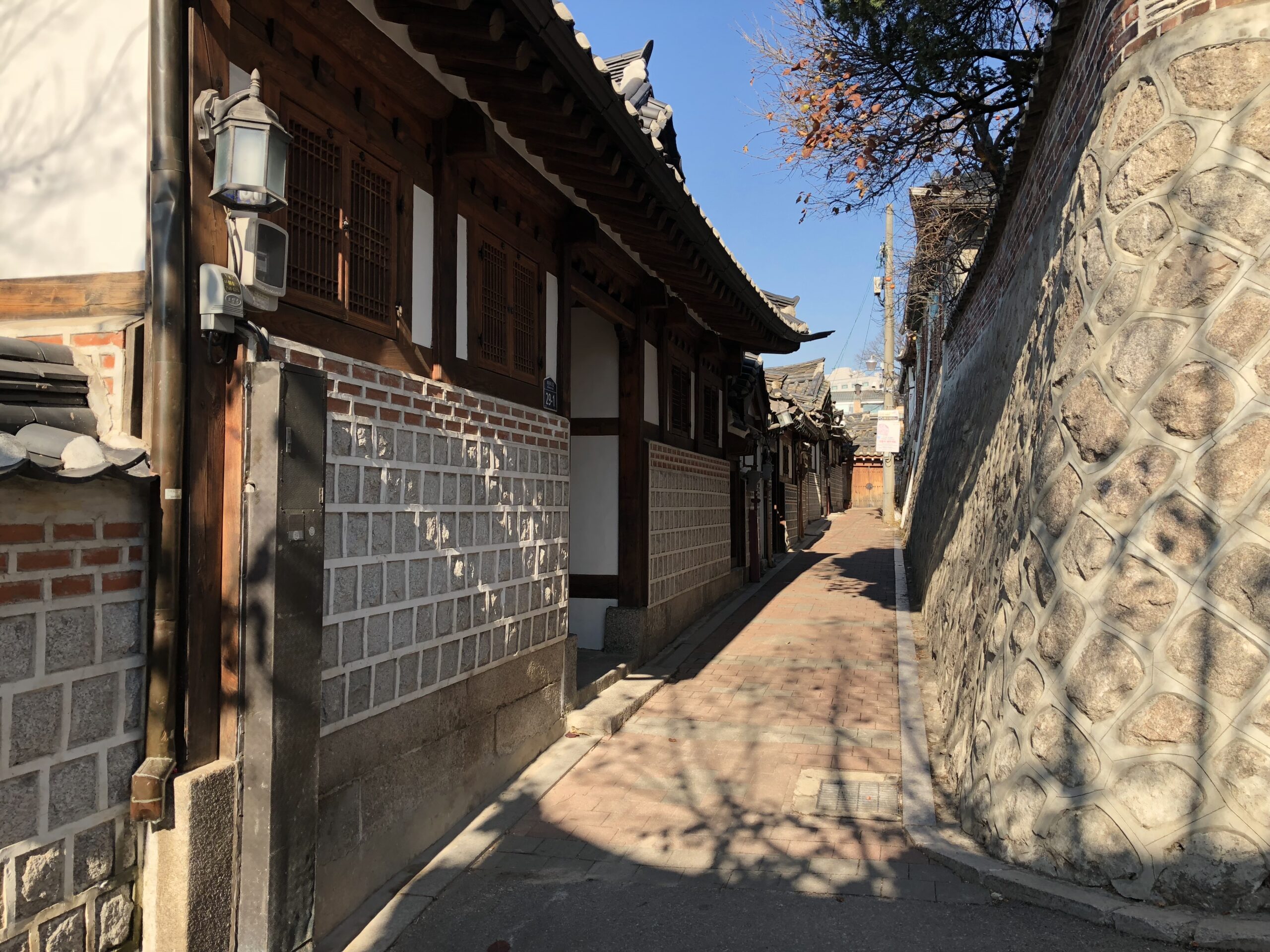
Only about a 20-25 minute walk from Gyeonbokgang Palace and conveniently located between Gyeongbokgang Palace and Changdeokgung Palace, this is the perfect opportunity to immerse yourself in some more traditional Korean culture.
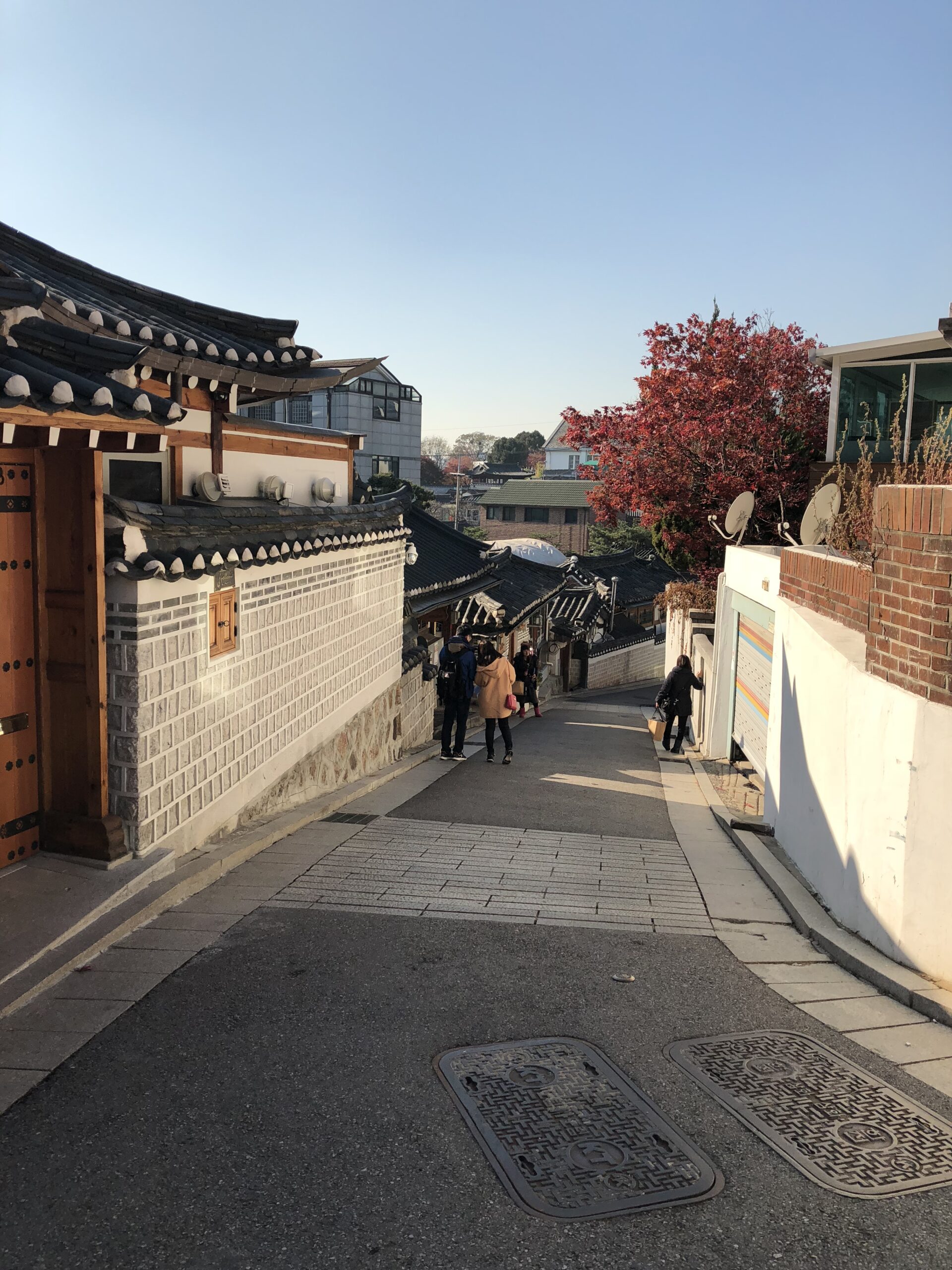
A traditional Korean village, Bukchon Hanok Village is home to hundreds of hanoks, or traditional Korean houses. While some of these hanoks are utilized as cultural centers, restaurants, or guesthouses, many of them are still inhabited by people. That being said, being respectful and mindful is of utmost importance. For example, don’t be loud and obnoxious while walking down the alleyways and don’t just walk up to any hanok unless it explicitly states that visitors are allowed. Whatever the case, it is a perfect opportunity to appreciate and respect the village. And finally, since it is still a residential neighborhood and there aren’t exactly open and close times, please keep that in mind when planning a time to visit.
4. Get Your Eat on at Gwangjang Market
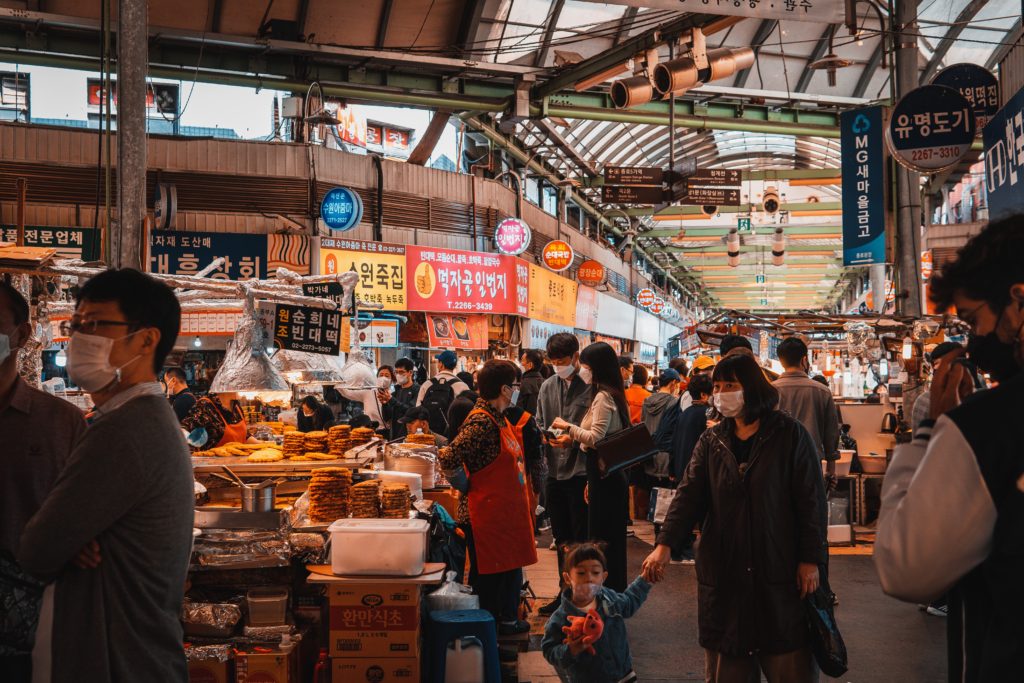
First established in 1905, one thing that I loved about this market is that it has maintained its cultural heritage and authenticity over decades and decades, despite being one of the most popular markets in Seoul for both locals and tourists. If you’re a fan of Korean food, you don’t want to miss out on this gastronomical delight. Previously Dongdaemun Market, Gwangjang Market is simply the best place to experience traditional Korean food and culture all under one roof. It was so much fun to explore and was packed with yummy food and other market goodies. You can find all sorts of Korean foods and snacks here, from nokdu-jeon to the oh-so loved tteok-bokki. Not to mention, most dishes here are reasonably priced, so it’s 100% worth trying food from multiple stalls. Just make sure you go with a big appetite. (: On the 2nd floor are hanbok stores and vintage clothing shops if you wanted to do a little clothes shopping, as well.
5. Buy some Korean Cosmetics
There’s a reason that Korean cosmetics are known to be the best in the world. And if you’re in Seoul, the capital and fashion capital of South Korea, you’d be silly to not stock up even a little! We can all buy Korean skin care and beauty products online and that’d be a lot easier. Sure. But why not buy from the source? When you’re shopping in Seoul, you’ll see that the prices are way lower than what you’d find online. For example, a lot of stores will sell 10 beauty face masks for 11,900 won (about $10) and you can mix and match between their variety of masks. You can also get a really nice face cream for as low as 29,000 won (about $25).
6. Try Korean BBQ
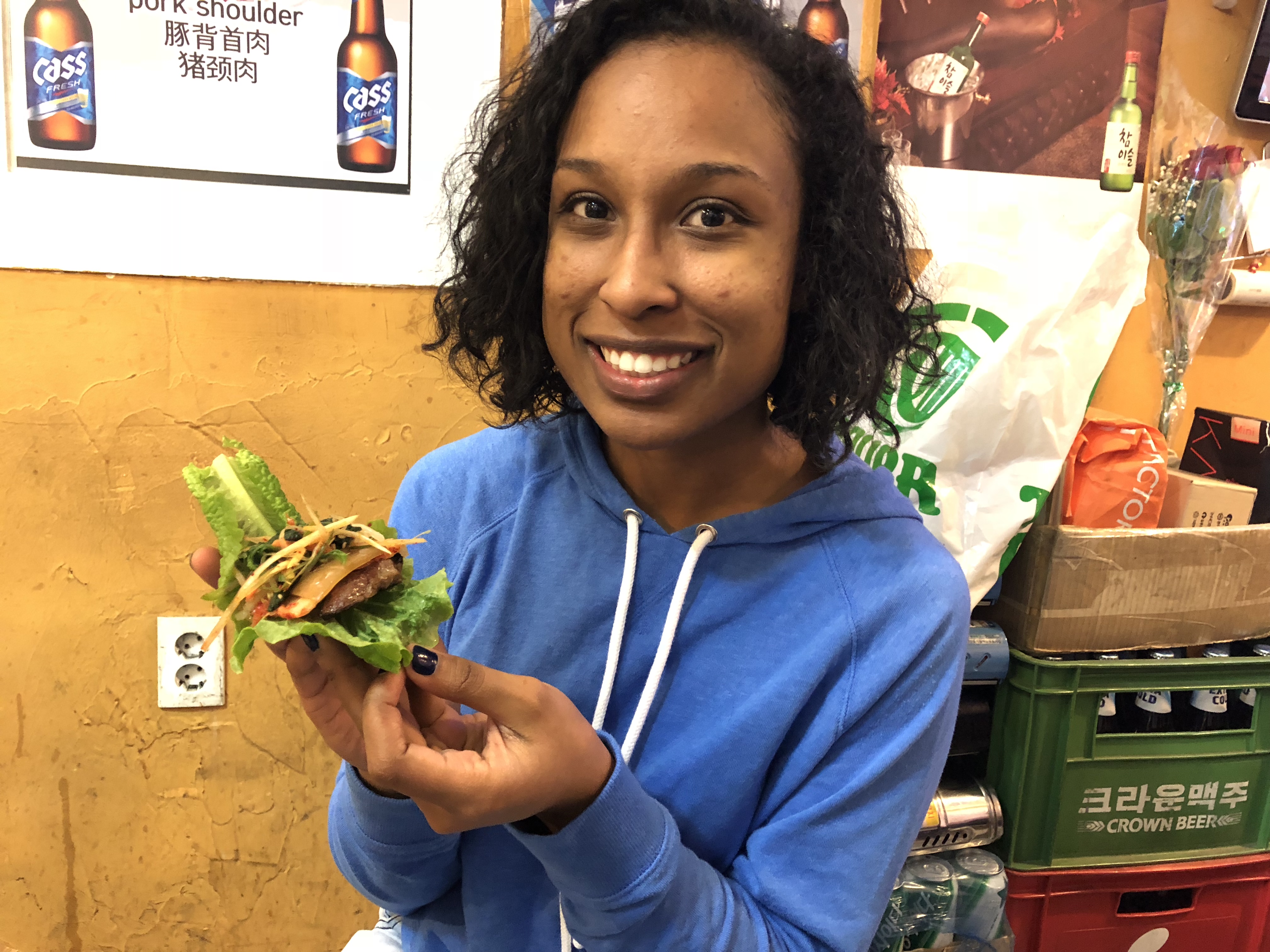
If you’ve not tried Korean BBQ yet, don’t worry. Actually, come to think of it, I only first tried Korean BBQ in Japan after I moved there. But, it is absolutely a must try, whether you’re a meat lover or not. By the way, I swear I was never a meat lover, but when I first tried yakiniku (Japanese BBQ), I fell in love with the flavors, the meal, the whole experience. Korean BBQ hit the spot for me, too.
In Korean BBQ, both cooking and eating take center stage of the table. What I mean by that is that the grill sits in the middle of the table, while everyone gathers around. You choose different cuts of meat from the menu and then the raw meat is brought to your table for you to cook it yourself. Perhaps my favorite part of Korean BBQ is the banchan.
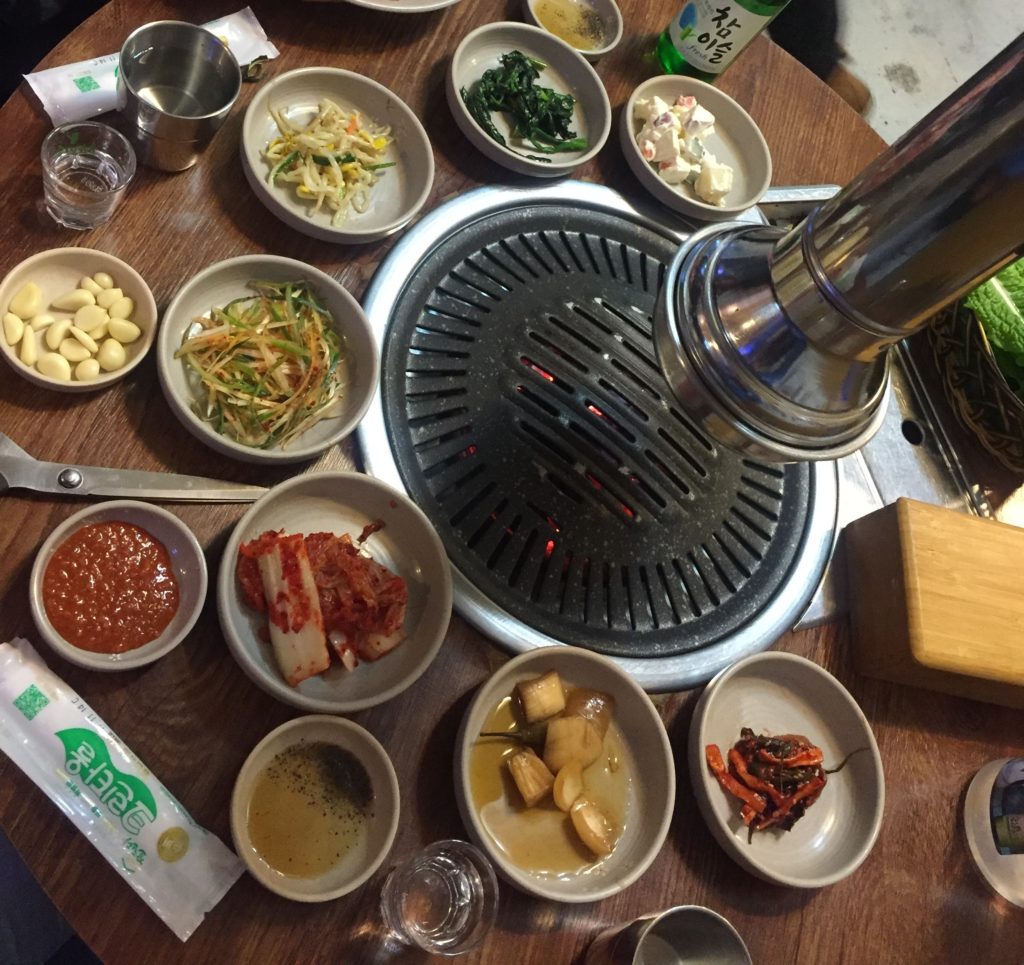
Banchan, or bansang, refers to one or more small side dishes that accompany your main meal. And let me be clear: these are not just irrelevant side dishes or garnishes—these are an essential part of any Korean meal. They can vary from the amount of dishes to which exact dishes they serve, and are typically refillable free of charge. You can eat them by themselves or with your lettuce wraps. They are delicious either way!
Where I Stayed
I booked my one-night stay at Hotel Venue-G Seoul and slept at the airport on my last night to save money. What I loved about this hotel was the location. It’s located in Jong-no district, which ended up being perfect, as both Gyeongbokgang Palace and Gwangjang Market are also located in Jong-no district.
